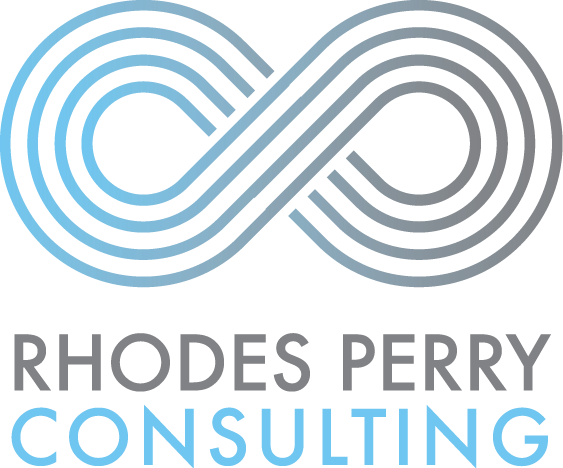5 Strategies to Consider Before Coming Out at Work
Happy National Coming Out Day! First recognized in 1987 during the second National March on Washington for LGBTQ rights, this day serves as an important reminder of the personal power every LGBTQ person has when they feel safe enough to share their sexual orientation or gender identity with themselves and others. Each time a LGBTQ person comes out, they have the ability to influence hearts and open minds towards acceptance and understanding.
While nearly three decades have passed since the first celebration, coming out in 2017 matters now more than ever before. Despite the enormous political and social progress secured since 1987, LGBTQ communities remain increasingly vulnerable because of the current Presidential Administration’s targeted anti-LGBTQ policy actions. In fact, over 20 specific anti-LGBTQ policy actions sanction stated-sponsored discrimination against LGBTQ people.
As a result, coming out in the workplace remains an extremely complicated matter. While the majority of Fortune 500 companies offer non-discrimination workplace protections for LGBTQ employees, only 21 states and the District of Columbia offer similar protections. Without a consistent federal law prohibiting such discrimination, LGBTQ people remain vulnerable for being fired simply because of who they are or who they love. It’s no wonder that more than half - or 53% - of LGBTQ workers remains closeted on the job.
In my consulting practice, I field plenty of calls from LGBTQ workers who are considering coming out on the job, but are concerned with doing so for fear of their personal safety and job security. Many express their desire to build more authentic and trusting relationships with business colleagues. By not coming out, they believe they are compromising these business relationships, limiting their productivity, missing out on professional development opportunities, and damaging their overall health and well-being.
When coaching these callers, I offer five strategies to consider before coming out on the job:
Do your research. Before coming out, reach out to your HR department and ask if your workplace has a non-discrimination policy inclusive of sexual orientation, gender identity, and gender expression, as a well as a workplace transition policy for those transgender or non-binary workers. The existence of these policies indicates your employer has done some work to create a more welcoming culture for LGBTQ workers.
Join an ERG. Ask your HR department if there are employee resource groups (ERGs) for LGBTQ workers. Typically, mid-sized and larger organizations have ERGs. Provided your organization has one of these groups, consider reaching out to the group’s leadership, and learn about ways to participate in upcoming activities.
Connect with a Colleague. Either through your workplace ERG, or by identifying a trusted colleague, connect with a peer who identifies as LGBTQ or as a LGBTQ ally, and first come out to them. Ask them about their perceptions of how others on the team might respond to your coming out process.
Assess the Workplace Climate. With the help of your trusted colleague, determine if the workplace climate is one that includes openly LGBTQ people, or if it is one where people often make offensive jokes about LGBTQ individuals. Likely, it might be somewhere in the middle. If you can identify other open-minded colleagues, you may want to consider coming out to these folks first to build strength in numbers.
Create a Plan. If you determined the workplace offers some level of LGBTQ workplace protections, consider developing a plan about how to come out. You might want to take small steps first like placing a photo of your partner on your desk, or hanging a transgender pride flag in your office. Going further, consider inviting your partner to a work event, and for transitioning employees, explore with your HR manager your options to announcing a name, gender, and pronoun change.
After considering all of these strategies, you may determine that the timing simply isn’t right to come out. Remember that coming out is a complicated and ongoing process. Have patience with yourself, celebrate your successes, and keep in mind that coming out at work sometimes is not the best course of action. Your safety, job security, and opportunity for advancement should all be factored into your decision-making process.
If you are struggling with ways to come out on the job, and are seeking support, consider scheduling a 1:1 coaching call with me. When we connect, we will apply the strategies outlined above, explore your motivations to come out, and weigh all the factors before taking action. Together, you’ll walk away from our conversation with a greater sense of confidence and clarity, whatever you decide.

